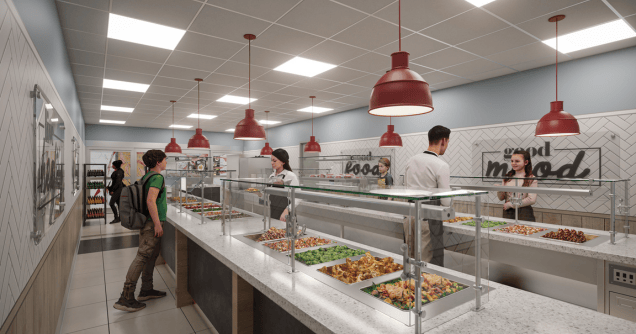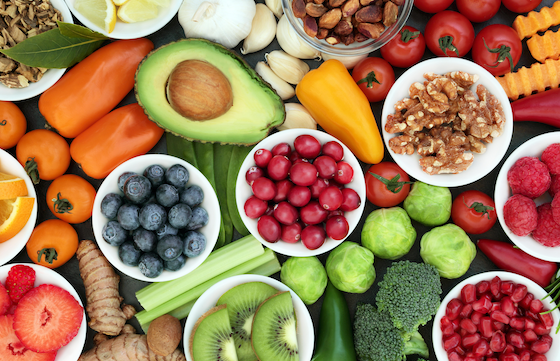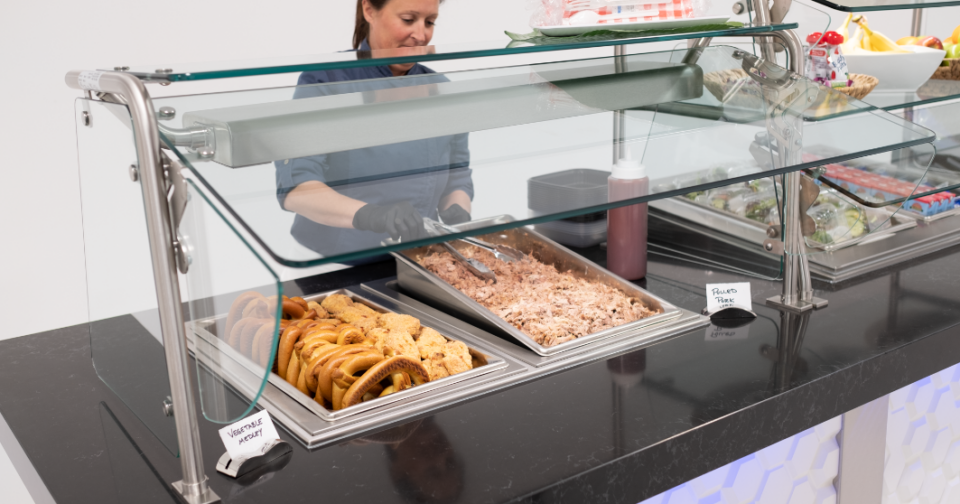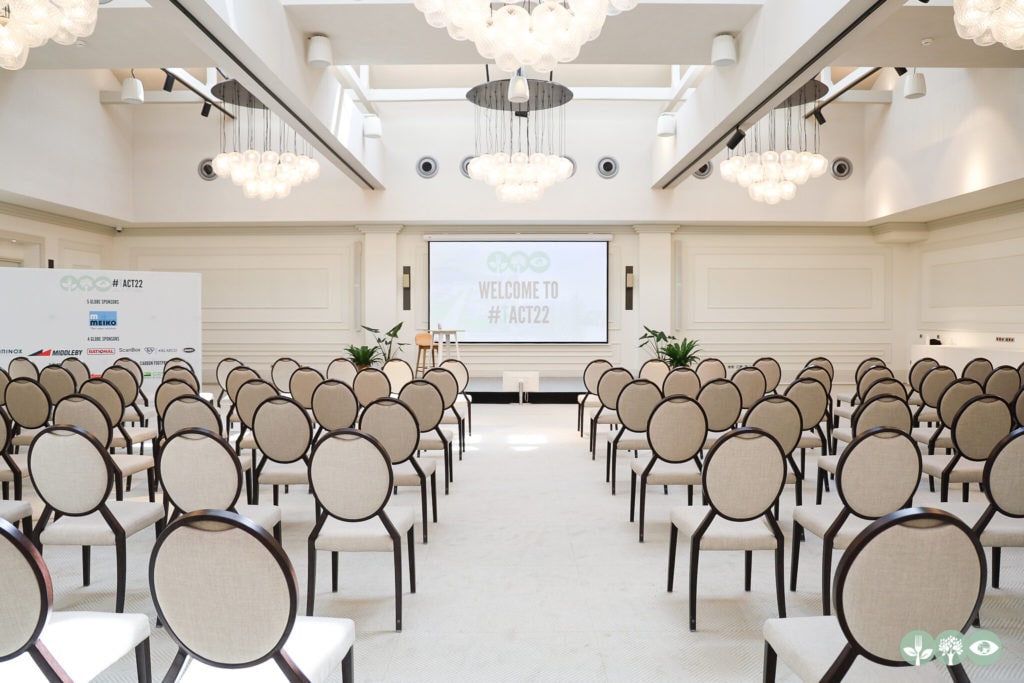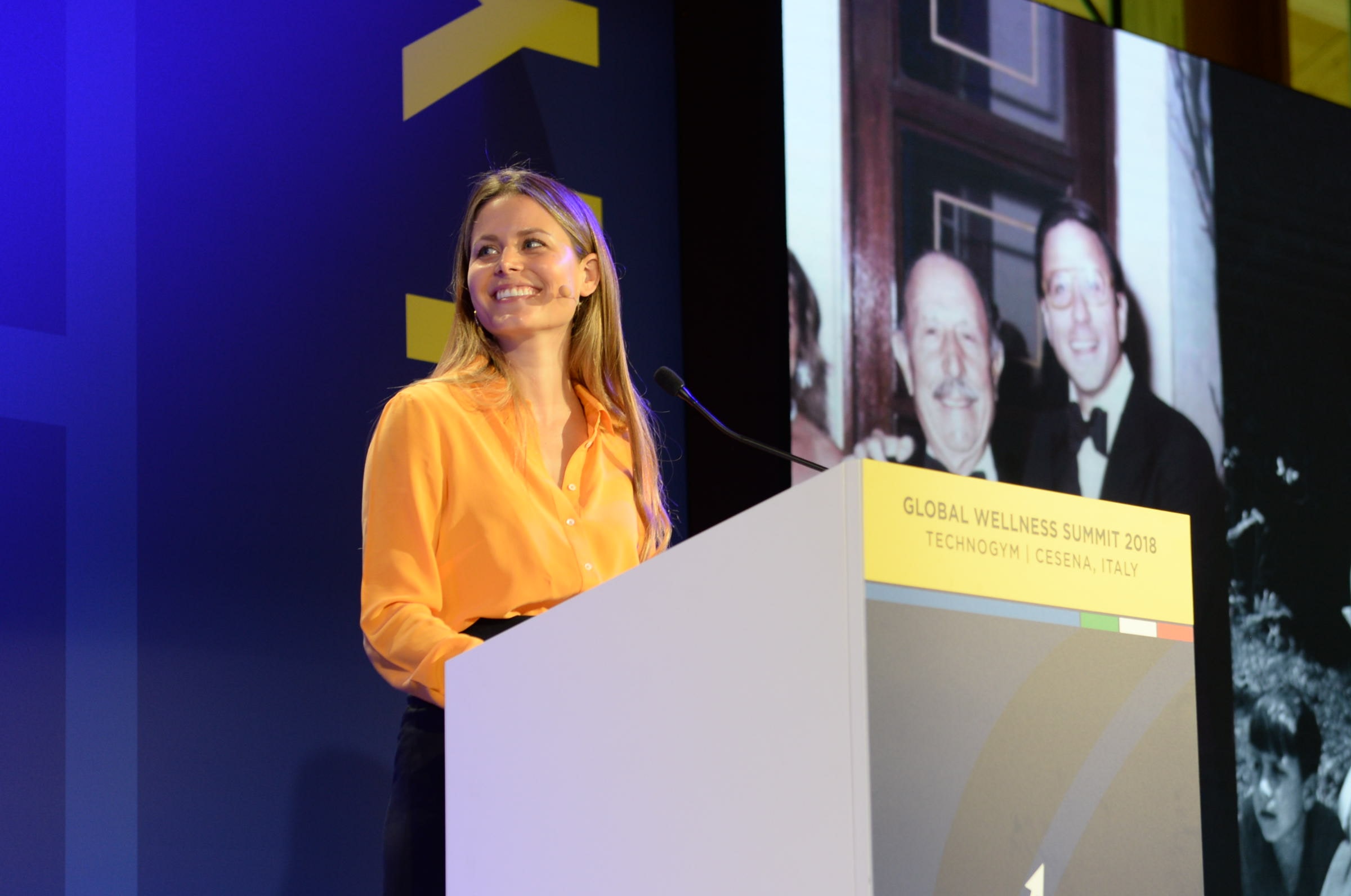
Travelling to Italy can be a nostalgic experience for many of us. This was the country William Shakespeare dreamed about, despite never actually setting foot on its shores. To him, Italy was a country of romance, beauty and mystery. Even in Shakespeare’s time, Italy set the fashion for the western world in terms of art and poetry, music, clothes and even perfume.
From delicious food to picturesque landscapes, Italy makes visitors from all over the world say: “That’s amore!”, so it proved to be the perfect destination for an international gathering of experts and trend scouts, when it comes to the future of wellness. More than 600 delegates from 50 Nations followed the invitation to the 12th annual Global Wellness Summit (GWS) held at Technogym Village in Cesena, Italy. “Shaping the business of wellness“ was the theme of the conference – and as it turned out, the market is booming. A new study from the Global Wellness Institute research revealed the wellness market is growing at historic rate: nearly twice as fast as global economy.
A fast-growing industry
The global wellness industry grew 12.8% in the last two years, from a $3.7 trillion market in 2015 to $4.2 trillion in 2017, according to the 2018 Global Wellness Economy Monitor released last week. This all-new data on the ten markets that comprise the global wellness economy provides fresh evidence that wellness remains one of the world’s biggest and fast-growing industries. Among the most notable findings of the report is that Europe is the biggest spender on workplace wellness while China and India are the fastest growing wellness tourism markets (access the full report here: https://globalwellnessinstitute.org/industry-research/2018-global-wellness-economy-monitor/).
 Among the ten wellness markets analysed, revenue growth leaders from 2015-2017 (per annum) were: 1) the spa industry (9.8%), 2) wellness tourism (6.5%) and 3) wellness real estate (6.4). Researchers found out, that not only is the growth rate impressive, but the whole market is changing.
Among the ten wellness markets analysed, revenue growth leaders from 2015-2017 (per annum) were: 1) the spa industry (9.8%), 2) wellness tourism (6.5%) and 3) wellness real estate (6.4). Researchers found out, that not only is the growth rate impressive, but the whole market is changing.
“Once upon a time, our contact with wellness was occasional: we went to the gym or got a massage. But this is changing fast – a wellness mindset is starting to permeate the global consumer consciousness, affecting people’s daily decision-making – whether food purchases, a focus on mental wellness and reducing stress, incorporating movement into daily life, environmental consciousness, or their yearning for connection and happiness,” noted Katherine Johnston, senior research fellow, GWI.
“For more people, wellness is evolving from rarely to daily, from episodic to essential, from a luxury to a dominant lifestyle value. That profound shift is driving powerful growth.”
All ten wellness sectors are dynamic and interconnected. They will increasingly converge as wellness is integrated in homes and communities, work and travel.
Expanding markets
One of the largest expanding markets is Wellness Tourism. The $639 billion wellness travel market’s annual growth rate of 6.5% from 2015-2017 is more than double the growth rate for tourism overall (3.2%). World travellers made 830 million wellness trips in 2017, 139 million more than in 2015 – and these trips now represent 17% of total tourism expenditures. Wellness tourism growth is very much a tale of developing markets. Asia is the number one gainer in both wellness tourism trips and revenues (trips grew a whopping 33% in two years, to 258 million annually). China and India rank first and second for growth worldwide, adding over 12 million and 17 million wellness trips respectively from 2015-2017.
An important target group in the growing market are the Millennials. They spend money on experience and not on purchase. During GWS, I have had the chance to share a table discussion with Irene Forte (pictured), daughter of Sir Rocco Forte, CEO of Rocco Forte Hotels. Founded in 1996, the company operates 11 luxury hotels in key European destinations, including one in Saudi Arabia. Sir Rocco was knighted in December 1994 for services to the UK tourism industry and received the highest Italian accolade, the Gran Croce dell’Ordine al Merito della Repubblica Italiana in 2005.
Irene Forte is the group project director at Rocco Forte Hotels. She oversees wellness offerings across the company. “For Millennials, wellness is a daily, active pursuit, and this generation will soon surpass baby boomers in overall travel spending,” she says.
“When developing our wellness concept, we thought about what Millennials look for when choosing a hotel. With this in mind, we want our guests to find wellness at every touch point when staying with us—whether it is in the spa, restaurant or even in the room.” Instragram #fortefamilie is the strongest channel to keep in touch with her clients.
For their generation, healthy eating is very important, from local food to vegan or vegetarian. Socialising, going out for dinner with friends and sharing the experience on social media, is part of the lifestyle. And so it was no wonder that at a Summit in Italy, there was a lot to do with the food. You can even say that good and healthy eating is the wellness trend at all.
Focus on food
“Forget about wellness, think food” is the message of Dr. David Bosshart, CEO of the Swiss Gottlieb Duttweiler Institute and keynote at the GWS. In his “European food trend report” he points out that the industry is providing service, but the customers are in search for romance, from local, seasonal, organic to hand-made food. As an increasing number of people adopt plant-based diets around the world, restaurants and chefs are eager to cater to the growing trend by creating vegan menu options. In 2018, 51% of chefs in the United States added vegan items to their menus. In UK, veganism has skyrocketed in recent years. More than 3.5 million (7%) of UK residents currently identify as vegan.
Panel discussions during GWS made it clear: healthy eating is the most personal matter of wellness, and an important part of a balance holistic wellness concept. To integrate this into everyday life, it is not the solution to spend three times a week in a gym. This is the conviction of Nerio Allessandri, CEO of Technogym – it must be lived 24 hours a day, seven days a week. Allessandri installed a restaurant for his employees, serving more than 1,000 people a day with freshly cooked meals from regional products and a choice of vegan, vegetarian or Mediterranean at a symbolic price of one Euro per person.
What are the real trends for the next five years? A roundtable of high-profile journalists – ladies only – tried to identify them. First of all, the interests of consumers are changing. They are bombarded with information and looking for evidence-based answers. An increased interest in nutrition goes hand in hand with a greater concern for food waste. Wellness will become part of daily live and enter individual homes. Workplace wellness will play a big role in the future, because next generations will want to go to a job they enjoy.
Regarding wellness travel, an interesting trend from the US could be noticed: Multi-generational vacations is a huge trend for the foreseeable future — more than ever, families realise the value of meaningful time together in a setting that offers a wealth of quality activities, and even spoiled Millennials love to come back in the familiar harbour. This requires attention to features and facets that make a property well suited for multiple ages – from menus and facilities up to opening hours.
If you look closely, you will see that the fast growing wellness market in a world that is changing faster and faster due to digitisation offers many opportunities for the hotel and catering industry. The focus is still on the one and only to whom all our efforts are directed: the customer. The best way to convince others is finding the right wellness concept for yourself. Why don’t you start tomorrow?
Hildegard Dorn-Petersen FCSI

